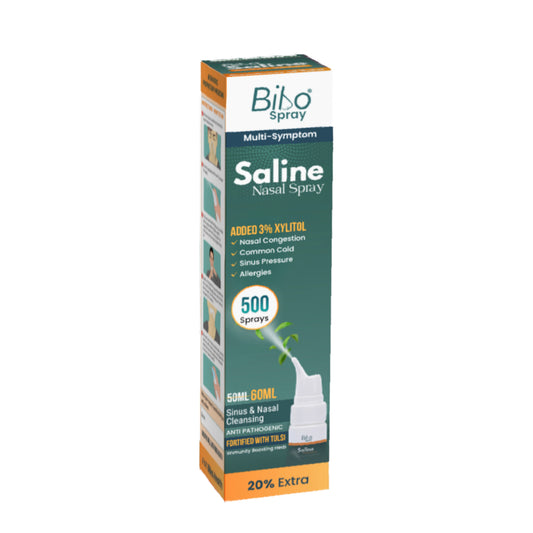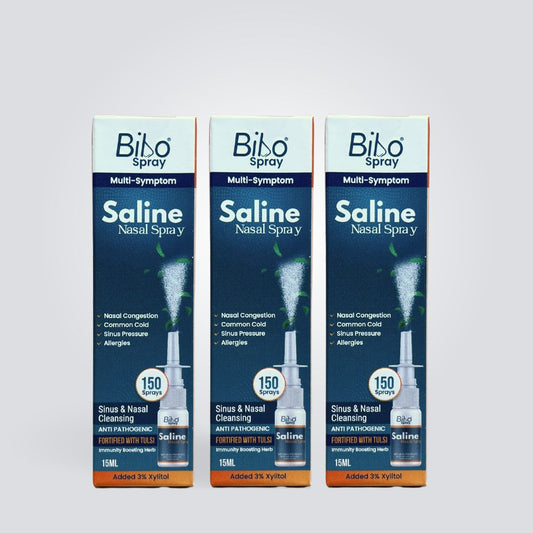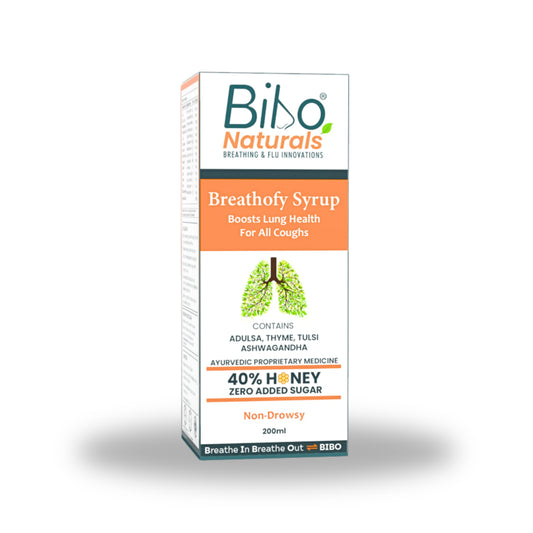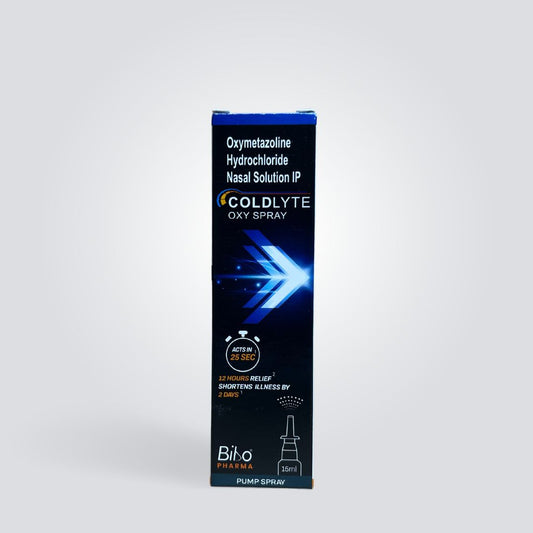Blog written by: Sourav Pattanayak (M Pharm, MBA)
Cetirizine hydrochloride and levocetirizine dihydrochloride differ primarily in that cetirizine hydrochloride is useful for treating hay fever and other upper respiratory allergies by temporarily relieving symptoms, whereas levocetirizine dihydrochloride is crucial for treating hay fever-related allergy symptoms.
Cetirizine is a frequently prescribed drug. Two of the most common forms of cetirizine medicine are cetirizine hydrochloride and levocetirizine dihydrochloride. A second-generation antihistamine marketed as Zyrtec is cetirizine hydrochloride. A third-generation antihistamine drug called levocetirizine dihydrochloride is used to treat allergic rhinitis and persistent hives.
Stereochemistry
Levocetirizine, the active enantiomer of cetirizine, is the primary distinction between the two. The mirror images of one another are called enantiomers. Levocetirizine and cetirizine, however, differ from one another because of their chemical makeup. Several factors, including the patient's response to the medication and any particular worries or health issues they may have, should be taken into consideration when deciding whether to use levocetirizine or cetirizine. Rarely, a certain patient may react or tolerate a medication better than another.
Introduction of Cetirizine
Effective treatment for allergic diseases includes rhinitis in the nose, allergic dermatitis response, and urticaria is cetirizine hydrochloride, a second-generation antihistamine sold under the trade name Zyrtec. This drug is taken orally. The effects often start within an hour Half-life is 10.6 hours so it's given at bedtime. Cetirizine hydrochloride has effects that are comparable to those of other antihistamines, such as diphenhydramine.

Cetirizine hydrochloride's most frequent adverse effects include tiredness, dry mouth, headaches, and stomach discomfort. However, there may also be some severe adverse effects, such as angioedema and aggressiveness. It also seems to be safe to take when pregnant, however, it is not advised to use while nursing.
Cetirizine hydrochloride has a bioavailability of around 70%, meaning it is a well-absorbed drug. It can bind proteins with an efficiency of 88 to 96 per cent. This drug has a slow metabolism and takes 20 to 42 minutes to start working. Cetirizine hydrochloride has an elimination half-life of around 6.5 to 10 hours. Cetirizine hydrochloride takes around 24 hours to start working. Urine and feces are excreted during excretion.
Introduction of Levocetirizine
A third-generation antihistamine drug called levocetirizine dihydrochloride is used to treat allergic rhinitis and persistent hives. The brand name for this drug is Xyzal. Levocetirizine Dihydrochloride in particular is less sedative when compared to earlier antihistamines. It's consumed orally.

This medication's most frequent adverse effects include drowsiness, dry mouth, cough, vomiting, and diarrhea. But negative consequences are uncommon. Additionally, it looks to be risk-free to use while pregnant, although it is unknown how it may affect nursing.
Levocetirizine dihydrochloride has a very high bioavailability and a protein binding efficiency of over 90%. This medicine is metabolized in the liver, and its elimination half-life is between 6 and 10 hours. Kidneys and feces are where excretion happens.
Comparison Between Cetirizine and Levocetirizine
A second-generation antihistamine marketed as Zyrtec is cetirizine hydrochloride. On the other hand, a third-generation antihistamine drug called levocetirizine dihydrochloride is used to treat long-lasting hives of an unknown origin as well as allergic rhinitis. Cetirizine hydrochloride and levocetirizine dihydrochloride differ primarily in that cetirizine hydrochloride is useful in treating hay fever and other upper respiratory allergies by temporarily relieving symptoms, while levocetirizine dihydrochloride is critical in treating hay fever-related allergy symptoms.
|
Cetirizine hydrochloride |
Identification |
Levocetirizine Dihydrochloride |
|
It is a second-generation anti-histamine |
Definition |
It is a third-generation anti-histamine medication used for treating allergic rhinitis and long-term hives |
|
Treating hey fever and other respiratory infections |
Treatment |
Treating allergy symptoms like allergy and are associated with hay fever |
|
Sleepiness, dry mouth, headache, and abdominal pain |
Common effect |
Sleepy ness dry mouth, vomiting, and diarrhoea |
|
10.6 hours |
Half-life |
8 hours |
|
Cause drowsy |
Compare to less |
Compared to less drowsy |
|
Less effective |
Effectiveness |
More effective |
|
Shows sedative action |
Sedation |
Don’t show sedative action |
Conclusion
Cetirizine is a frequently prescribed drug. Two of the most common forms of cetirizine medicine are cetirizine hydrochloride and levocetirizine dihydrochloride. Cetirizine hydrochloride and levocetirizine dihydrochloride differ primarily in that cetirizine hydrochloride are useful for treating hay fever and other upper respiratory allergies by temporarily relieving symptoms, whereas levocetirizine dihydrochloride is crucial for treating hay fever-related allergy symptoms.
References-
- Lee CF, Sun HL, Lu KH, Ku MS, Lue KH. The comparison of cetirizine, levocetirizine and placebo for the treatment of childhood perennial allergic rhinitis. Pediatr Allergy Immunol. 2009 Aug;20(5):493-9. doi: 10.1111/j.1399-3038.2008.00816.x. Epub 2008 Oct 6. PMID: 19175892.
- Tillement JP, Testa B, Brée F. Compared pharmacological characteristics in humans of racemic cetirizine and levocetirizine, two histamine H1-receptor antagonists. Biochem Pharmacol. 2003 Oct 1;66(7):1123-6. doi: 10.1016/s0006-2952(03)00558-6. PMID: 14505791.
- Molimard M, Diquet B, Benedetti MS. Comparison of pharmacokinetics and metabolism of desloratadine, fexofenadine, levocetirizine and mizolastine in humans. Fundam Clin Pharmacol. 2004 Aug;18(4):399-411. doi: 10.1111/j.1472-8206.2004.00254.x. PMID: 15312146.
- https://www.differencebetween.com/what-is-the-difference-between-cetirizine-hydrochloride-and-levocetirizine-dihydrochloride/




